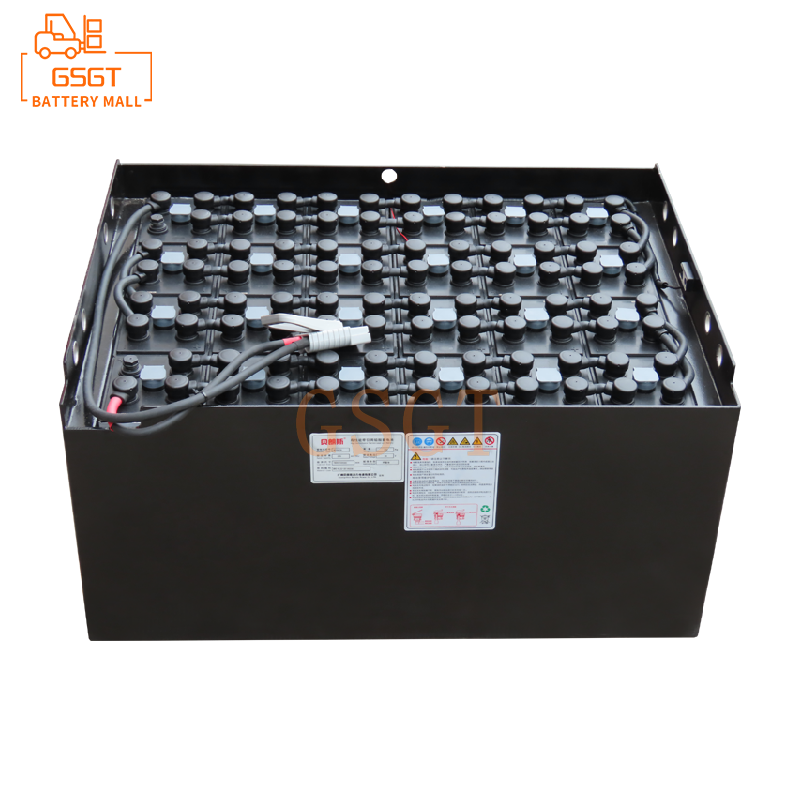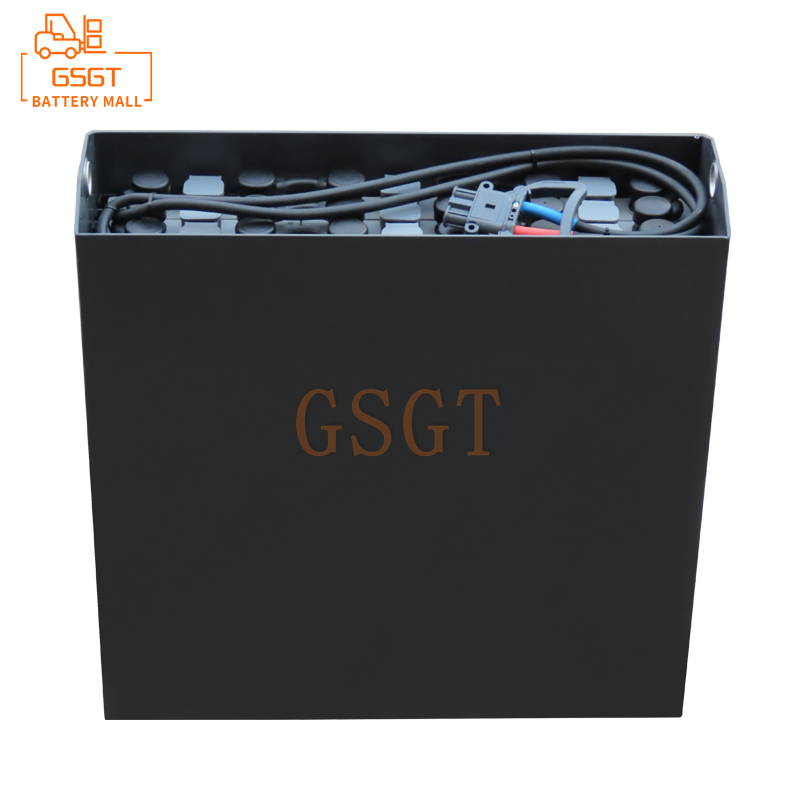Time:2025-07-21 11:07:52
Browse:615
In the daily operation of forklifts, lead-acid batteries are like the "heart" providing power. Once a problem occurs, it will not only affect work efficiency but also may result in high maintenance or replacement costs. In fact, as long as the scientific maintenance methods are mastered, the maintenance of the battery can be both worry-free and efficient, which not only extends the service life but also reduces the probability of failure.
1. Daily Maintenance: Conduct basic checks to reduce problems from the source
Many people think that maintaining a battery is troublesome, but in fact, they neglect the basic daily checks. As long as you spend 5 minutes every day doing the following things well, you can avoid 80% of common malfunctions.
First, observe if there are any abnormalities in the appearance. Before starting the forklift every day, check if the battery casing is bulging or cracked, and if the terminals are loose or oxidized. Bulging of the shell is often caused by overcharging or excessive temperature. Once detected, it must be stopped from use immediately. Oxidation of the terminal posts will increase resistance, resulting in insufficient power supply. The problem can be solved by rinsing with hot water and then drying.
Secondly, check the height of the battery liquid level. For non-maintenance-free lead-acid batteries, the liquid level must be kept 10 to 15 millimeters above the plates. If the liquid level is lower than the plates, it will accelerate the oxidation of the plates and shorten their service life. You can observe it through the scale lines on the battery. When it is below the standard, distilled water should be replenished in time (note that tap water or electrolyte should not be added. The former contains impurities and will corrode the plates, while the latter will change the concentration of the electrolyte).
Finally, clean the stains on the battery surface. The working environment of forklifts is often dusty and oily. If dirt accumulates on the battery surface, it may cause a slight short circuit between the positive and negative poles. Wipe the surface and terminals with a dry cloth dipped in baking soda water. This can not only remove oil stains but also neutralize acidic corrosive substances, keeping the battery clean.
2. Charging Stage: Scientific charging is the key to extending lifespan
Improper charging operation is one of the main reasons for battery damage. Many people are accustomed to "charging immediately after use" or "charging overnight", but in fact, these practices are all unreasonable. Mastering the following charging tips can make the battery last longer.
Question 1: When charging the lead-acid battery of a forklift, how long is the most appropriate charging time?
Answer: The charging time is not fixed and depends on the degree of discharge. Generally speaking, when the battery gauge of the forklift shows that there is still 20% to 30% left, start charging. After fully charging, float charge for 1 to 2 hours. The total duration is usually 8 to 10 hours. If over-discharged (with a charge level lower than 20%), it will cause sulfation of the plates. However, overcharging for a long time (more than 12 hours) will cause the electrolyte to boil, the water to evaporate too quickly, and accelerate the corrosion of the plates.
Question 2: What should be particularly noted when charging in different seasons?
Answer: Temperature has a significant impact on the charging effect. When the temperature is high in summer, the battery cools down slowly. When charging, ensure good ventilation and avoid direct sunlight. The distance between the charger and the battery should be at least 30 centimeters. When the temperature is low in winter, the battery capacity will decrease. Before charging, you can let the battery stand for half an hour to allow the temperature to rise. At the same time, appropriately extend the charging time (1-2 hours more than usual), but do not exceed 12 hours. In addition, regardless of winter or summer, the charging environment temperature should be controlled between 5 and 35 degrees Celsius, which is the most suitable charging temperature range for batteries.
3. Special Circumstances Handling: Effective Strategies for Dealing with "Idleness" and "Sudden Malfunctions"
Forklifts are bound to encounter situations such as long-term idleness or sudden minor malfunctions. Improper handling can cause the battery to wear out quickly. Mastering the following methods can help you deal with it easily.
Question 3: When a forklift is not in use for a long time, how should the battery be stored to avoid being discharged?
Answer: For batteries that have been idle for a long time (more than 15 days), they should be fully charged before storage, and then disconnected from the forklift to avoid slight discharge. After that, charge it once every month to keep the battery level between 50% and 70% (if the battery level is too high, it is prone to self-discharge; if it is too low, it will sulfate). The storage location should be dry and well-ventilated, away from fire and heat sources. Batteries can be placed flat on their sides and should not be stacked or subjected to heavy pressure. If it is winter, try to keep the battery indoors to avoid irreversible damage to the plates caused by low temperatures.
In addition, when the battery suddenly runs out of power, do not force the forklift to start. First, check if the terminals are loose and if the electrolyte is sufficient. If it's a wiring issue, just re-tighten it. If the liquid level is too low, add distilled water and let it stand for 30 minutes before charging. In most cases, it can be used again. However, if the battery shows severe swelling, leakage or emits thick smoke during charging, it indicates that the interior is damaged and a new battery must be replaced. Do not continue to use it to avoid safety accidents.
4. Conclusion: The core of worry-free maintenance lies in "regularity + moderation"
In fact, the maintenance of lead-acid batteries for forklifts is not complicated. The key lies in "regular operation" and "moderate maintenance" : conduct daily checks on the appearance and liquid level, charge scientifically according to the battery level, and handle special situations in a timely manner. This not only keeps the battery in good condition all the time, reducing the trouble caused by malfunctions, but also extends its service life by 2 to 3 years. In the long run, it can save a lot of time and cost instead.
Remember, the purpose of maintenance is not to "solve problems", but to "prevent problems". By integrating these simple techniques into daily work, the forklift battery can become a worry-free "power source", ensuring that every operation is efficient and smooth.

$3050

$5710

$1690

$1200

MESSAGE
Professional And Efficient
Security
Affordable Price
Professional Services